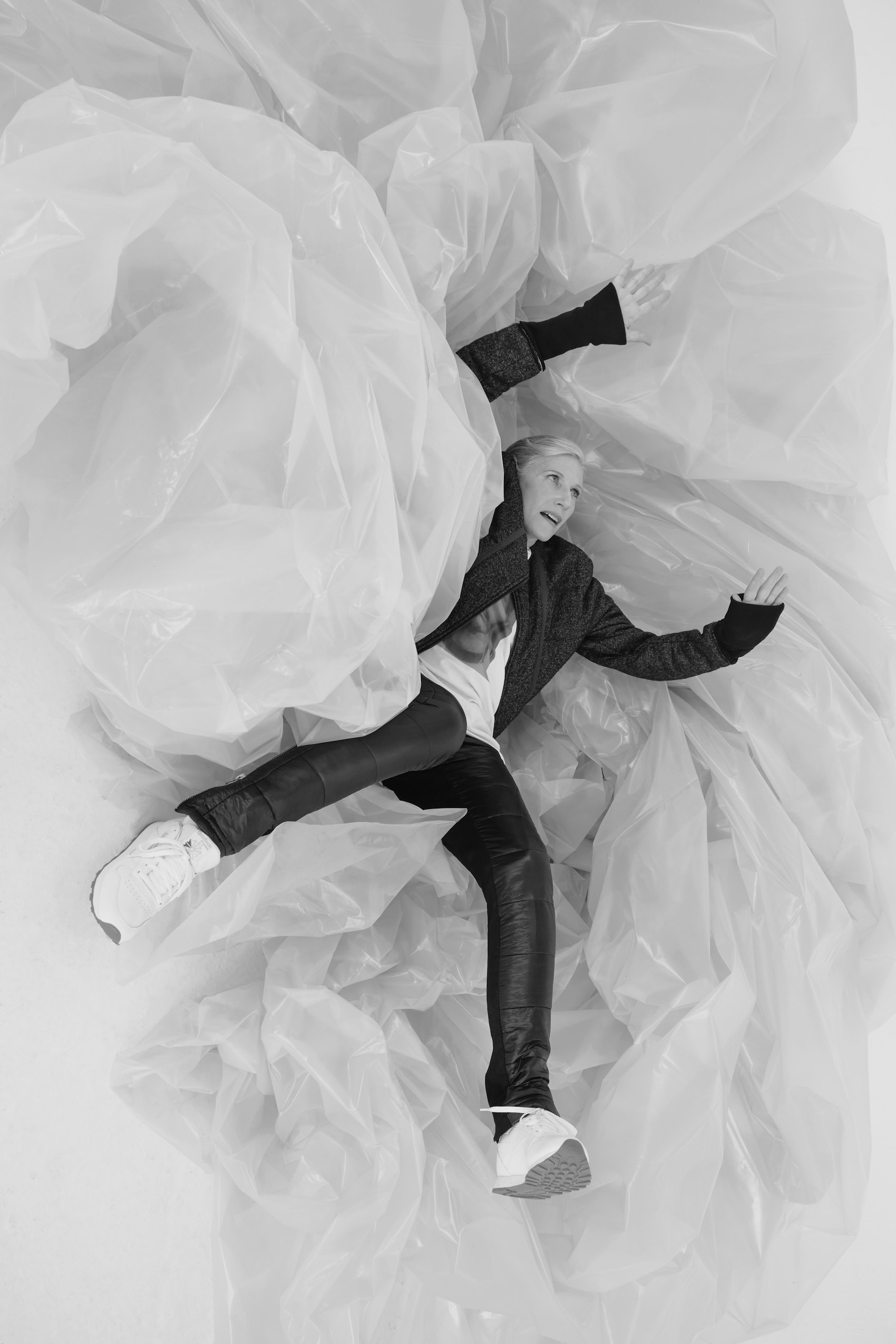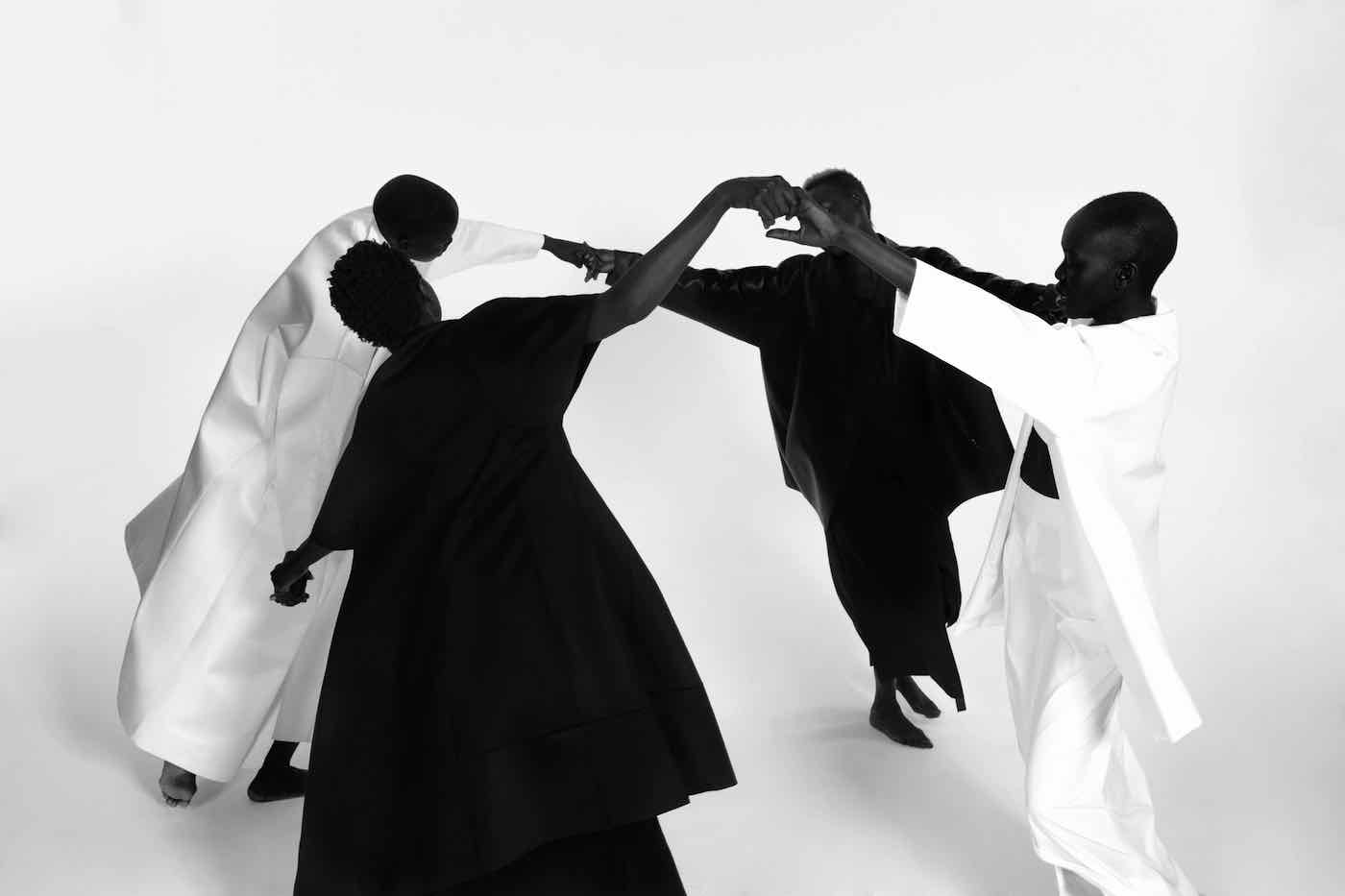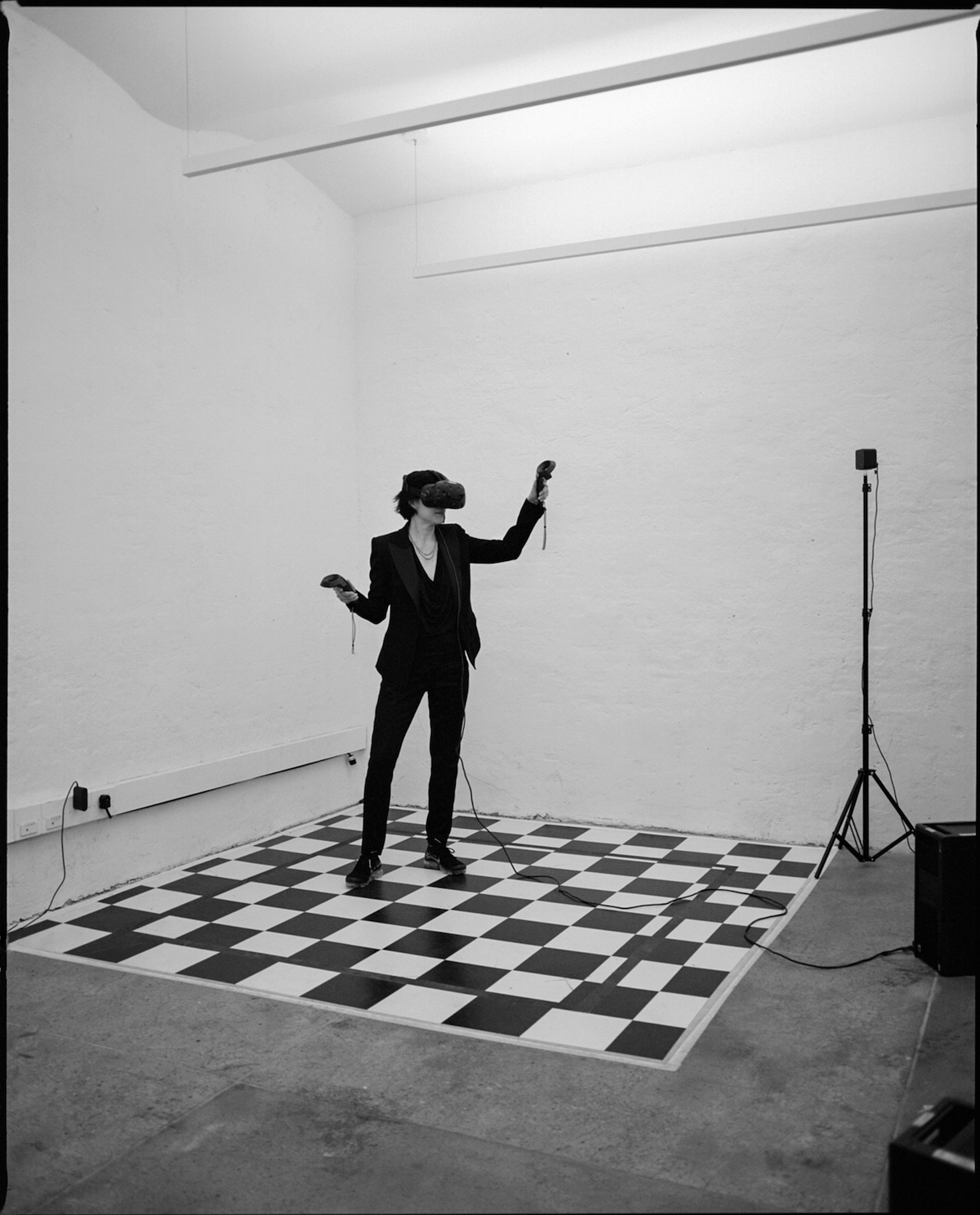They both hate the word millennial.
“It’s almost like a dirty word,” one says.
“It sounds like a scientific piss bowl for older people,” says the other.
They hail from the same small town in Northern England. Neither can bear to look at their most recent collection because they’ve already moved on to what’s next.
And they’re both, as they say, “addicted to otherness”—when everyone goes left, they go right.
Vincent Oshin and William Watson share a creative vision, aesthetic, and lifestyle as the minds behind the contemporary menswear brand rooted in quality and longevity, Death to Tennis. It’s early afternoon and they’ve just come from a meeting with their new PR company. Watson mentions they’ve been so busy that he’s only had the chance to down coffee.
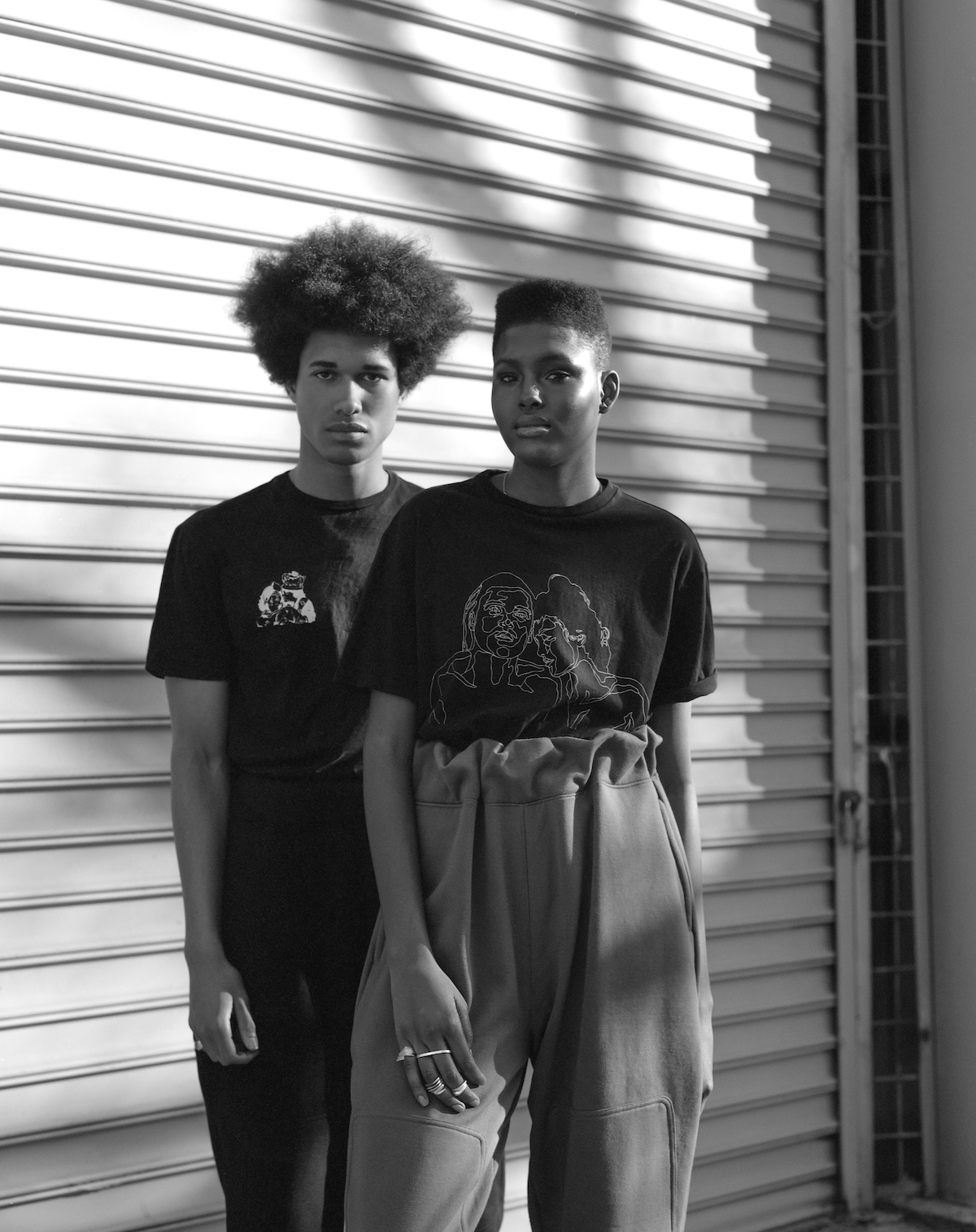
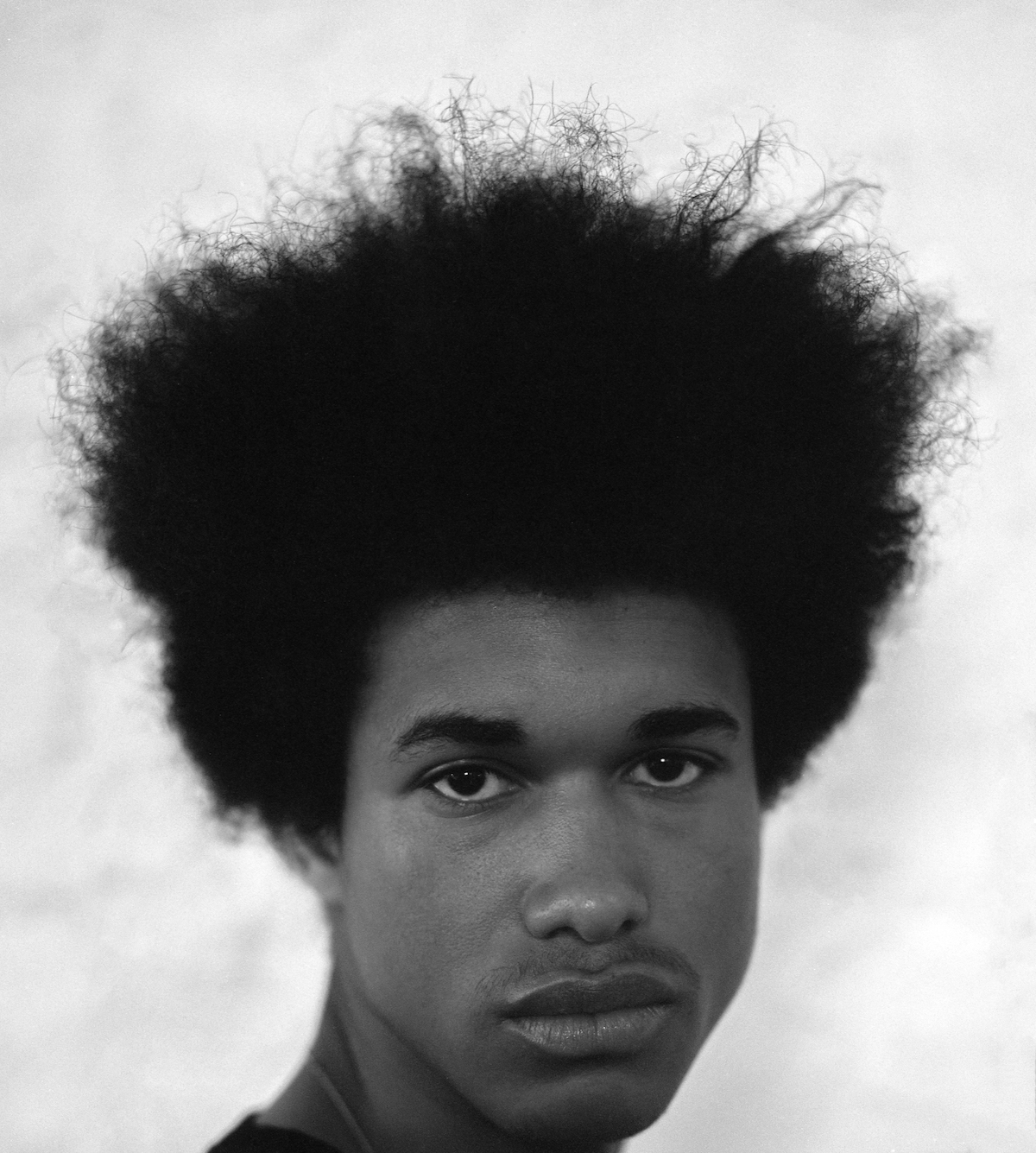
“We realized that we spent the last four or five years getting the vision right, now it’s time to get it out there,” he says.
Their counterparts, Dr Death and Mr Tennis, act as a vehicle for them to do so unapologetically. Originally created as a reaction to designers’ tendency to speak without a filter and have their words taken out of context, these characters can say as they please. A quick search through the brand’s website and you’ll realize that Oshin and Watson are nowhere to be found. You will, however, find Dr Death and Mr Tennis, the voice and face of the brand, acting as their alter egos.
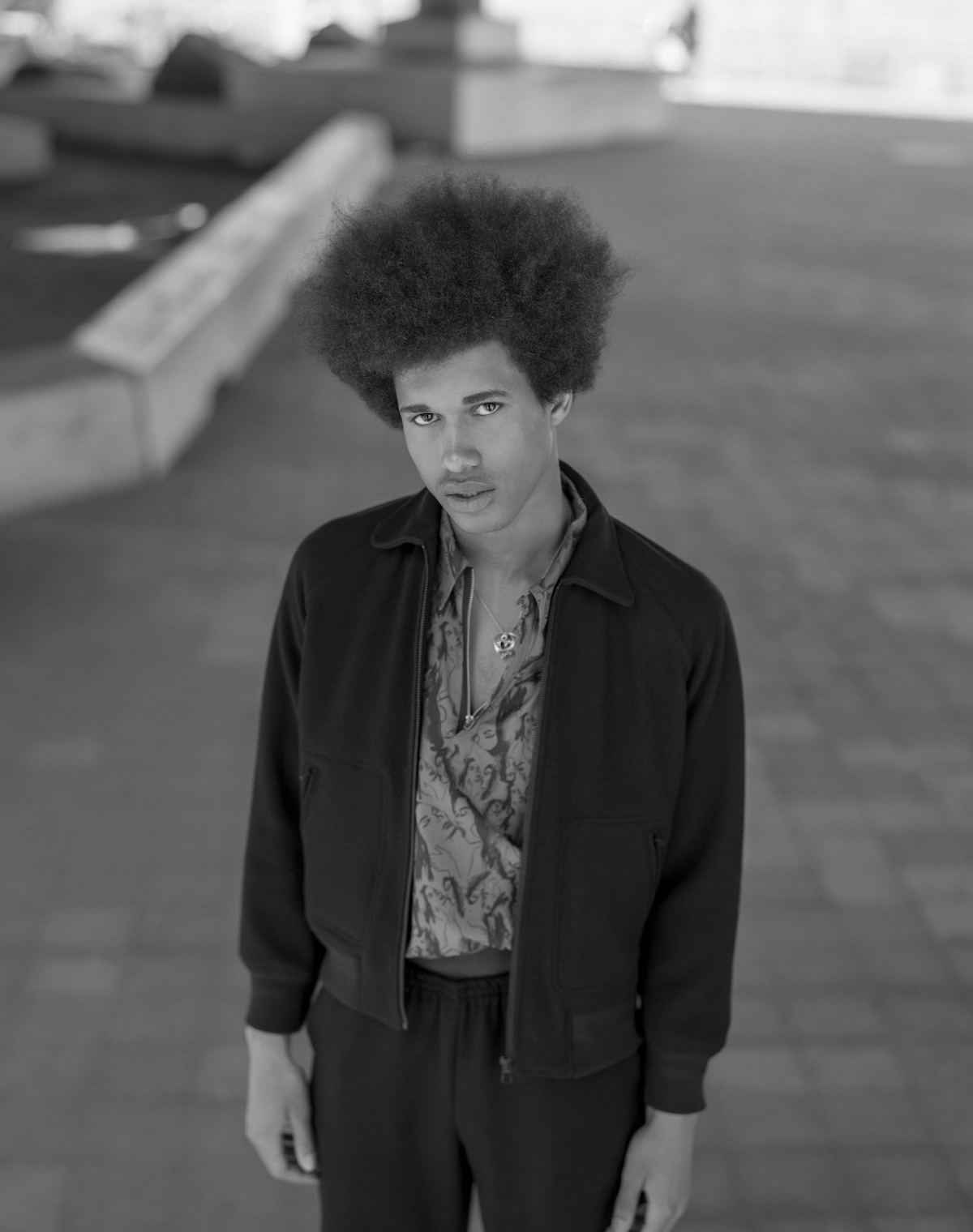
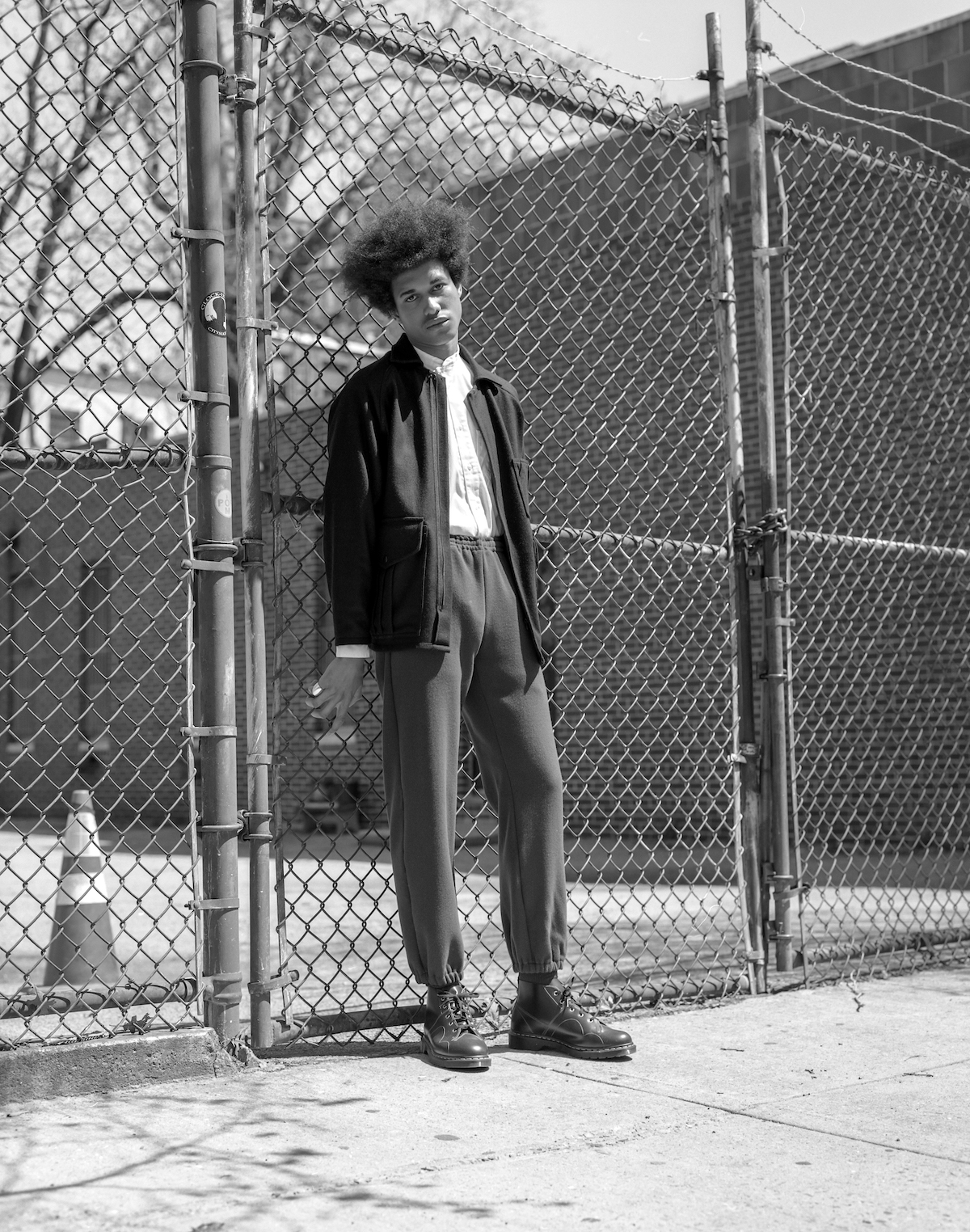
“The whole idea is that we can push them into the forefront and they can do crazy stupid fashion stuff, which this fashion business loves, and we can stay in the background and go to the business of making clothes,” Watson says. As Oshin explains, they have no desire to become celebrities themselves. “We’re not trying to be famous,” he says. “You won’t see a selfie. Neither of us own a selfie stick.”
The characters allow them to be private individuals, to move freely and live their lives with fewer restrictions than those who become the face of their brands. “As a designer, one of the many things you do is observe what’s going on,” Oshin says. “Who’s doing what? Who’s wearing what? How are the trends going? It’s hard to watch when everyone is watching you.”
You’ll never see them gift pieces to celebrities. Watson sees so many brands approach celebrities because they’ve already created a story and public persona, he says. Death To Tennis has been creating their story to attract loyal customers who want to grow with them—not by finding others to do it for them.
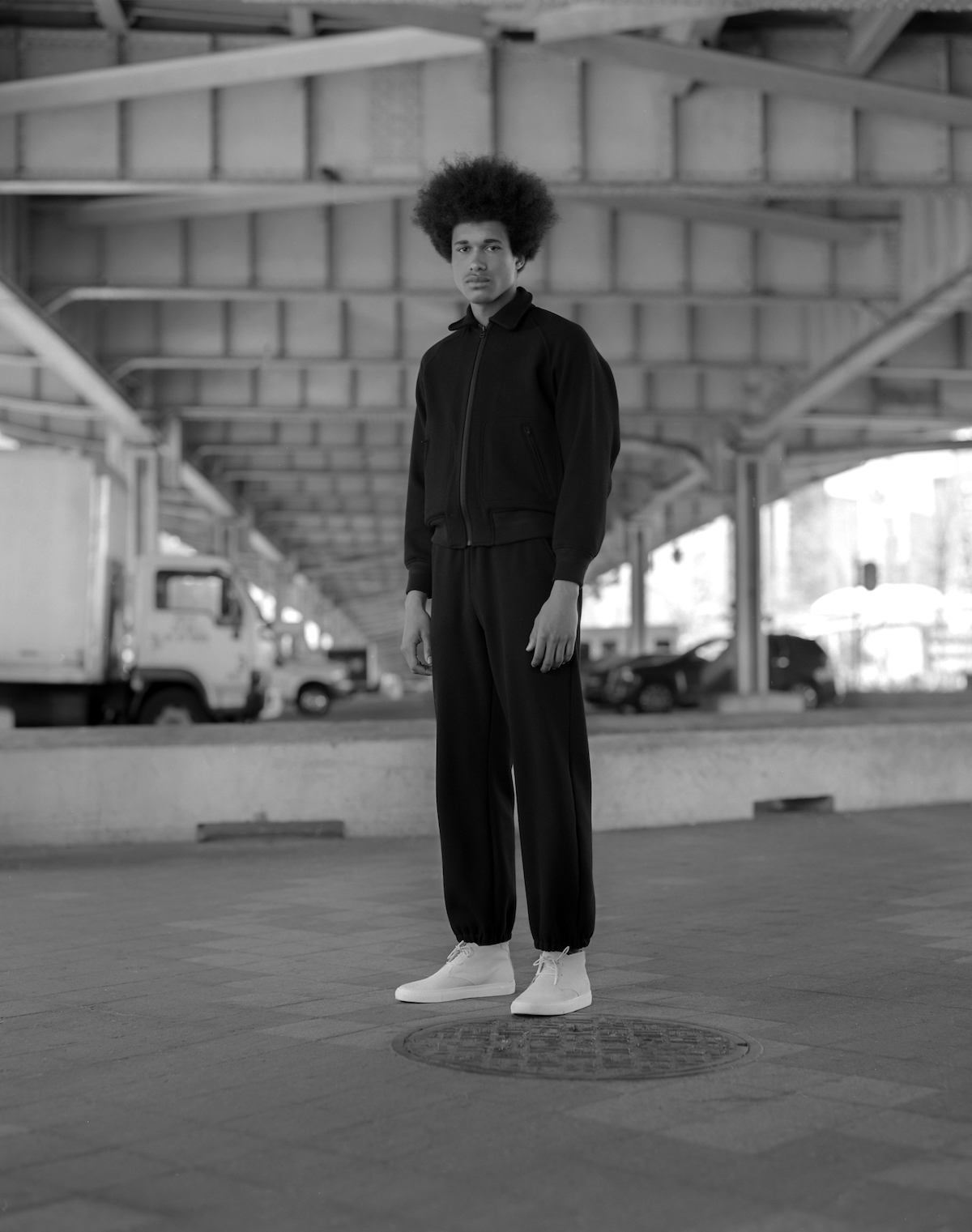
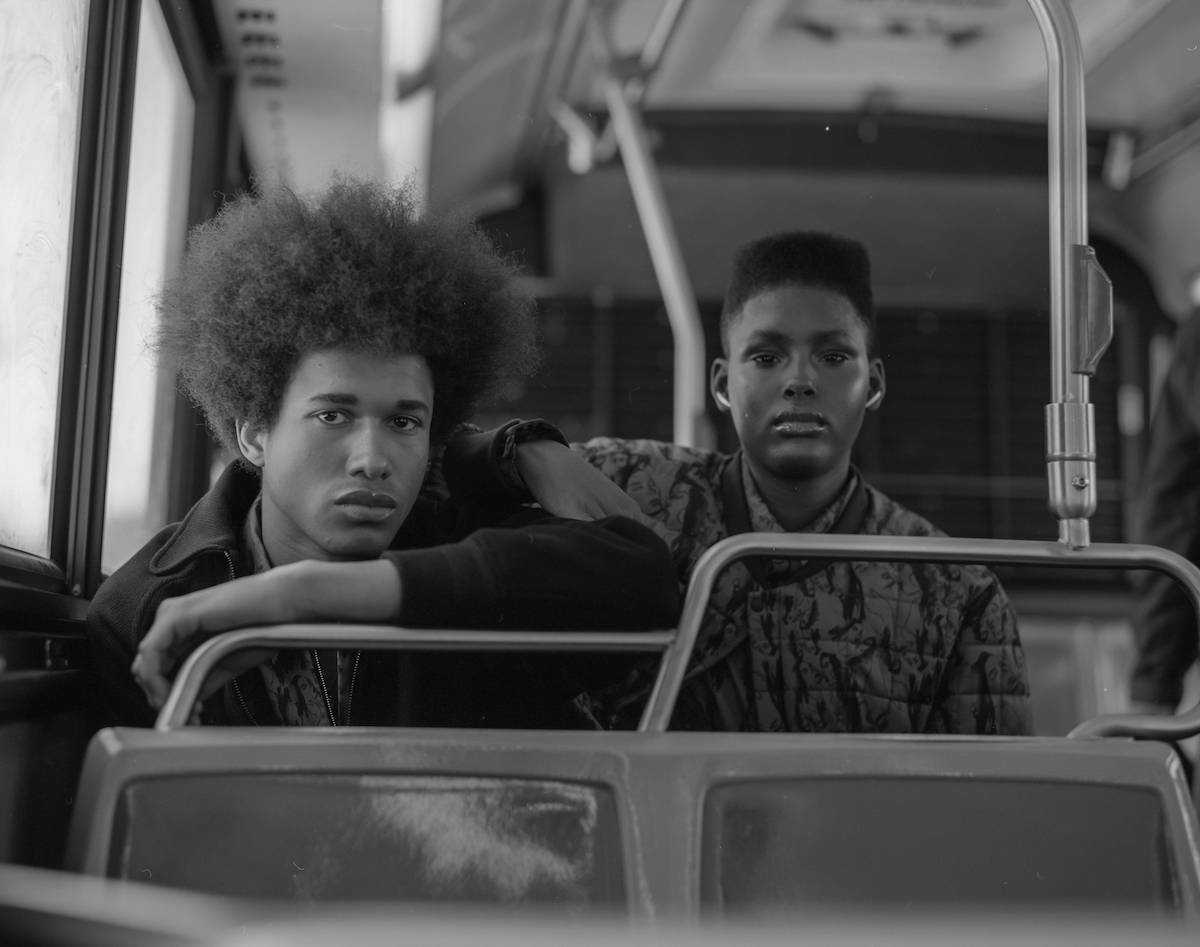
Their English blood may have something to do with the attention to longevity incorporated into Death To Tennis’ process and designs. They take inspiration from the exceptional attention to tailoring found on London’s famed Savile Row and aim to create pieces that will last for years if the customer takes care of them. The question of how a garment can be made to last, both in terms of quality and relevance, is integral to the brand’s core identity. “We’re making the new classics,” says Watson.
Details and fit are paramount. Although much of what the designers do can overlap, Watson brings his technical background to the table with years of experience working for designers at “a million start-ups,” while Oshin’s experience as a stylist and DJ explains his highly visual nature and focus on the brand’s creative direction.
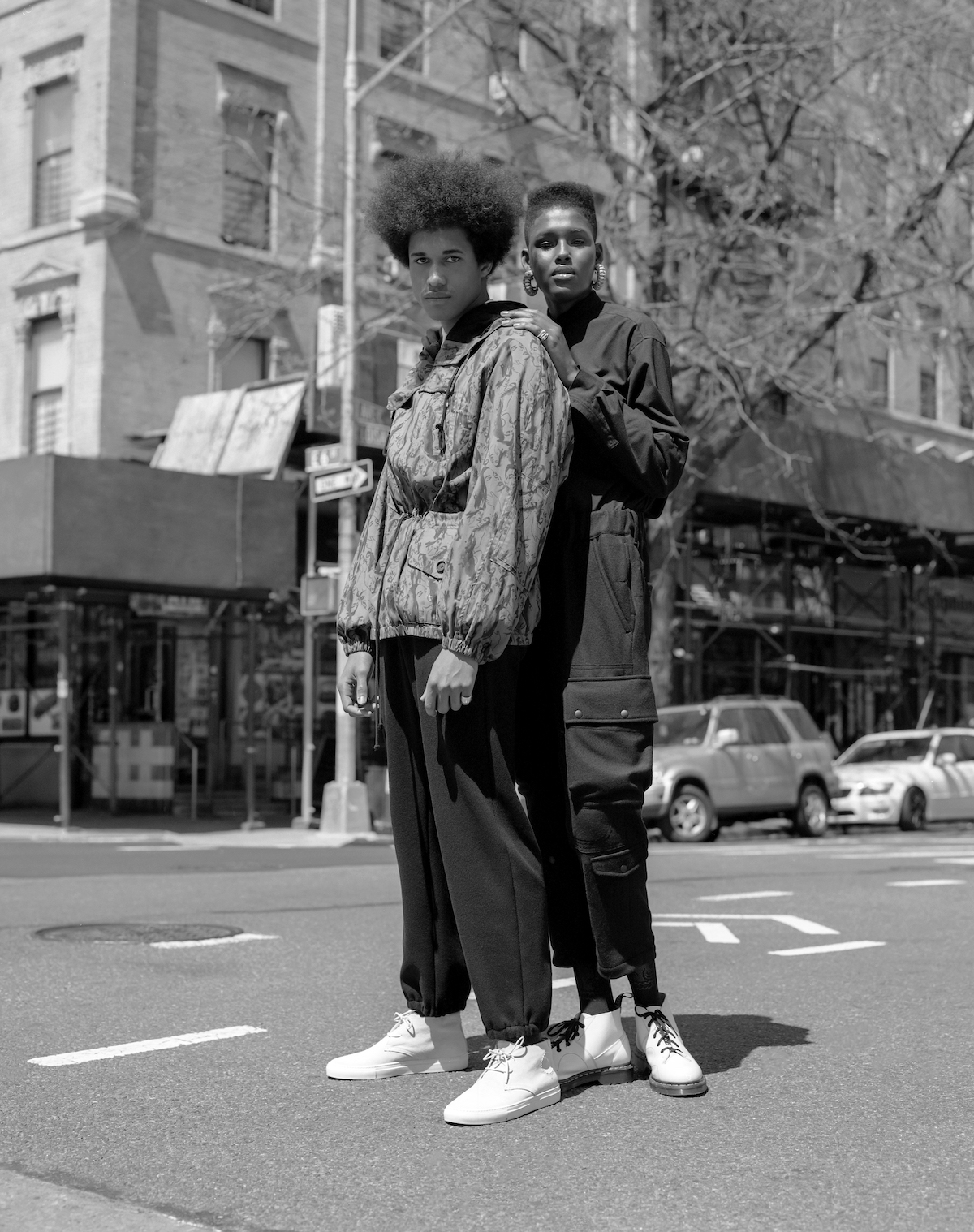
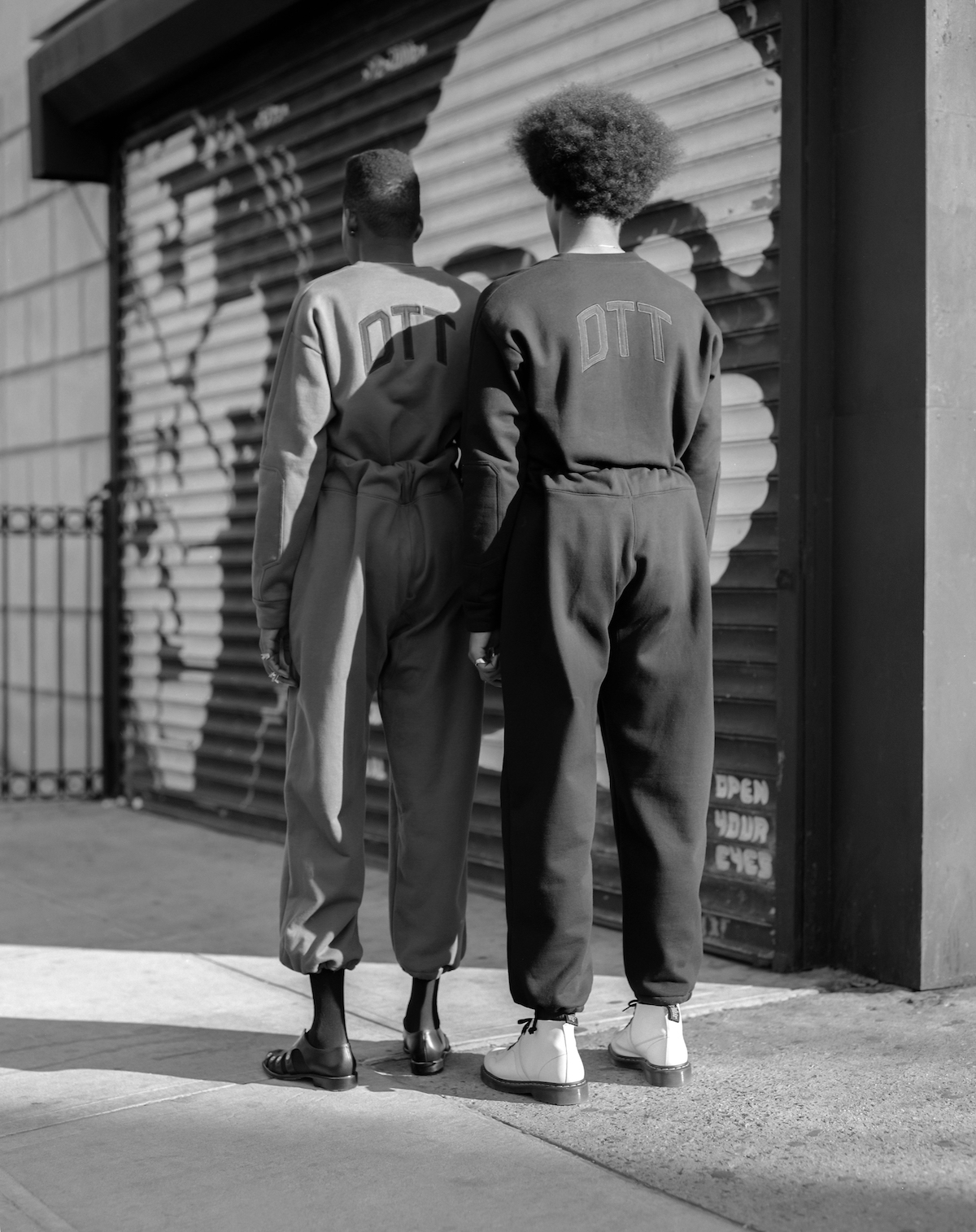
One method of refining their aesthetic is by creating a series of short films, a medium both draw on extensively for inspiration. Their Alphabet City studio, a space they’ve occupied since the end of last summer, is scattered with clothing racks that house past and current collections, sprinkled with framed film posters of Martin Scorsese’s Raging Bull, from 1980, and the 1976 comedy Angels, with the tagline “death is music to their ears,” while a carefully curated playlist acts as the studio’s soundtrack. For the designers, fashion, music, and film are all interconnected.
Their latest short film, Death to Sorry, featuring their Spring/Summer 2017 collection, is their most narrative film yet. Oshin explains that they’ll always get comments about not being able to see the clothes properly in the films; you won’t see any slow pans over pockets, he jokes. Their films are meant to make a statement or observation about society. Death to Summer alludes to climate change. Death to Culture makes commentary that people don’t read anymore. “[At the] end of the day those videos exist to draw attention to a brand that’s not just about clothing—it’s also about a lifestyle,” Oshin says.
As for the future, don’t expect complacency. “I think as artists we’re never happy,” Watson says. “I think once you’re happy as an artist, you’ve got to start doing something else. Because that means you’re at the end of the road with that.”
